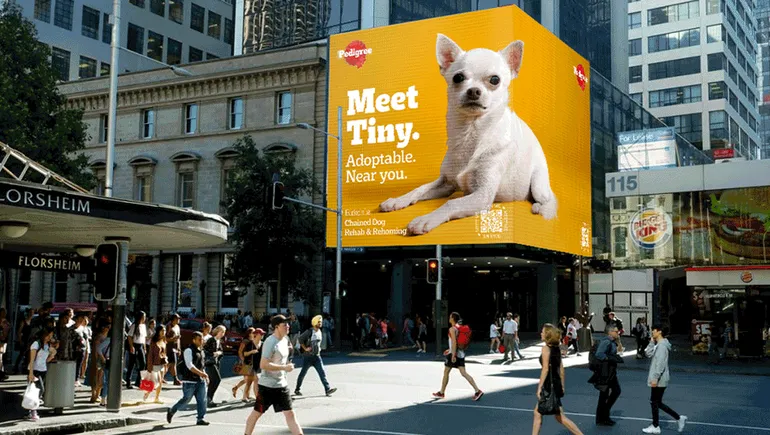
Snap, Twitter see revenue jump as new features attract interest
Dive Brief:
- Snap and Twitter reported positive results in second-quarter earnings released Thursday, signaling again that the larger advertising market is rebounding following a bumpy pandemic year.
- Snapchat’s owner saw revenue more than double to $982 million over the quarter while daily active users (DAUs) grew 23% year-over-year (YoY) to 293 million. Those are the best results Snap has posted in four years, according to chief executive Evan Spiegel.
- Twitter’s revenue rose 74% YoY to $1.19 billion, with ads drawing in $1.05 billion. The platform added 7 million average monetizable DAUs for a total of 206 million. Positive forward momentum could continue in the second half as marketers shift more of their budgets to digital and social channels, though platforms are also contending with disruptions to user tracking that could create new uncertainty.
Dive Insight:
Snap and Twitter notched strong revenue gains in Q2 as the advertising market at large started to reap the benefits of a pandemic recovery, with fresh investments toward online channels. Social media companies have generally performed well amid the health crisis as consumers remain glued to their phones and seek methods of staying connected to friends and family. Those gains could be fortified as quarantine habits stick even with the return of pre-pandemic lifestyles.
Platforms are tweaking their strategies to account for shifting consumer tastes. Snapchat has been heavily promoting a TikTok lookalike feature called Spotlight that rolled out last fall. The app at one point paid up to $1 million per day to creators to encourage them to post on the short-form video portal. An aggressive approach has produced results on the engagement front: Spotlight DAUs grew 49% in Q2, while average daily content submissions more than tripled. Daily time spent per user in the U.S. was up over 60% versus the previous quarter.
Snapchat is also trying to more closely link its capabilities in augmented reality and content to commerce as people grow comfortable shopping on their phones. Snap this week purchased 3D product modeling firm Vertebrae, building on other acquisitions like WaveOptics, Fit Analytics and Screenshop.
Twitter, which has had a rockier pandemic experience, is similarly rolling the dice on new features to retain user engagement and attract more ad dollars. It recently launched a live audio product called Spaces that closely mirrors the Clubhouse app that exploded in popularity earlier in the pandemic. Spaces will factor heavily into Twitter’s content partnership with the NFL around the upcoming season, with new opportunities for brand partners to reach football fans.
Not every one of these bets has paid off. Twitter earlier this month announced it would kill off Fleets, its attempt to integrate the stories format of disappearing photo and video collages that are popular on rival apps like Snapchat and Instagram. The feature was live for less than a year.
Social platforms are also contending with Apple’s move to make its mobile Identifier for Advertisers — a key way for brands to track iPhone users — an opt-in feature as part of a larger AppTrackingTransparency (ATT) framework. Opt-in rates have reportedly been low since the policy change took effect. In a letter to shareholders, Twitter wrote it was “too early to assess the long-term impact” of the privacy tweaks, while noting that their impact on revenue was lower than expected in Q2.
Snap also indicated that Apple’s implementation of its new privacy framework has been slower than expected, giving it more time to hash out strategy with advertising partners. Executives claimed opt-in rates have been comparatively high due to the level of trust users have in Snapchat. But discussing the Q2 results with analysts, Chief Business Officer Jeremi Gorman said Apple’s changes have created some “interruptions” to advertiser demand, particularly in the direct response e-commerce and gaming categories.
“It is too early to determine how long it will take until these changes are fully adopted, the scale of the potential interruptions to demand, or the ultimate impact on the longer-term growth of our business,” Gorman said on the call.





